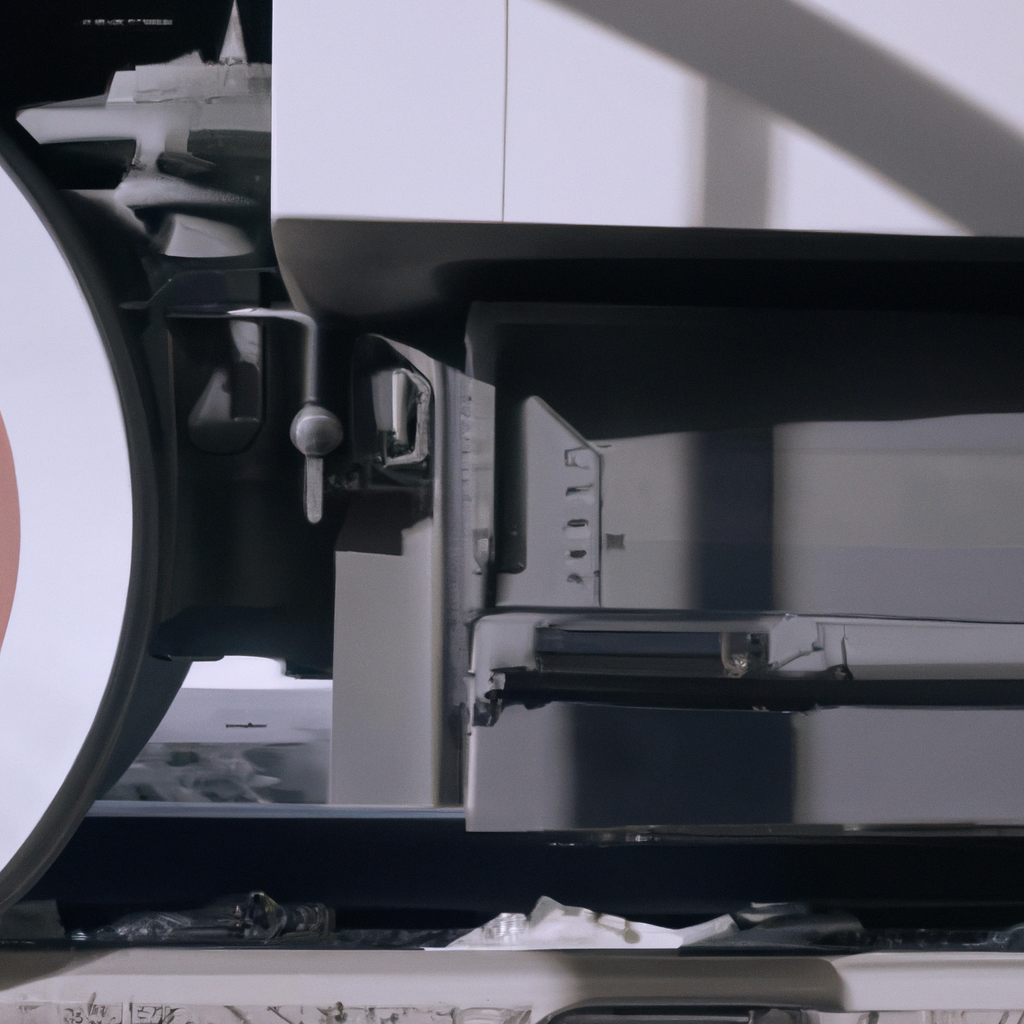A train’s braking system is an essential component that is responsible for its safe and efficient operation. It is a complex mechanism that involves various technologies and engineering principles to ensure that a train can come to a complete stop when necessary. In this article, we will explore the workings of a train’s braking system, the different types of brakes used, and the role they play in ensuring train safety.
Types of Train Brakes
There are several types of train brakes, and each has its unique way of functioning. The three most common types of train brakes are:
1. Air Brakes
Air brakes use compressed air to activate the braking mechanism. When the driver applies the brakes, the air pressure in the brake pipe decreases, causing the brake cylinder to open, and the brake shoes to press against the wheels. When the pressure in the brake pipe is restored, the brakes are released. Air brakes are the most common type of train braking system used today.
2. Electromagnetic Brakes
Electromagnetic brakes use the principle of electromagnetism to activate the brakes. When the driver applies the brakes, an electric current is passed through a coil, creating a magnetic field that pulls the brake shoes towards the wheels, slowing down the train. When the current is switched off, the brakes are released.
3. Dynamic Brakes
Dynamic brakes use the train’s motors to slow it down. When the driver applies the brakes, the motors switch from traction mode to generator mode, converting the train’s kinetic energy into electrical energy, which is dissipated as heat. This slows down the train, and the excess energy is absorbed by resistors.
Components of a Train Braking System
A train braking system comprises several components, each playing a crucial role in ensuring proper functioning. These components include:
1. Brake Pads
Brake pads are the components that press against the wheels to slow down the train. They are made of friction material and are replaceable when worn out.
2. Brake Shoes
Brake shoes are the components that press against the brake pads to slow down the train. They are made of steel and are replaceable when worn out.
3. Brake Cylinders
Brake cylinders are the components that provide the force to activate the brakes. They are connected to the brake shoes and are operated by compressed air or hydraulic fluid.
4. Brake Pipe
The brake pipe is the component that carries compressed air or hydraulic fluid to the brake cylinders, activating the brakes.
5. Brake Control System
The brake control system is the component that enables the driver to apply and release the brakes. It consists of a brake valve, which regulates the flow of air or fluid in the brake pipe.
6. Brake Discs
Some trains use brake discs instead of brake pads and shoes. Brake discs are bolted to the axles and rotate with the wheels. When the brakes are applied, the brake calipers clamp down on the discs, slowing down the train.
Train Stopping Mechanism
When a train needs to stop, the driver applies the brakes, causing the brake pads or shoes to press against the wheels, slowing down the train. The amount of force applied depends on the weight of the train, the speed, and the distance required to stop. The brakes are released when the driver reduces the pressure in the brake pipe or hydraulic fluid. In case of an emergency, such as a signal failure, the train’s emergency brake can be activated, causing all the brakes to be applied simultaneously, bringing the train to a sudden stop.
Train Brake Technology
Train brake technology has come a long way since the invention of the first train brake in the mid-19th century. Today’s train brakes are highly sophisticated, with advanced features such as automatic brake application in case of an emergency, anti-lock braking systems, and computerized control systems that provide real-time monitoring of the braking system’s performance.
Train Safety
The braking system is a crucial component that ensures the safety of train passengers, crew, and the public. A malfunctioning braking system can lead to accidents, derailments, and fatalities. It is, therefore, essential to maintain the braking system regularly, inspecting and replacing worn-out components, and adhering to strict safety protocols.
Conclusion
In conclusion, a train’s braking system is a complex mechanism that involves various technologies and engineering principles to ensure safe and efficient operation. The three most common types of train brakes are air brakes, electromagnetic brakes, and dynamic brakes. The braking system comprises several components, including brake pads, shoes, cylinders, the brake pipe, and the brake control system. Train brake technology has come a long way, with advanced features such as automatic brake application, anti-lock braking systems, and computerized control systems. Maintaining the braking system regularly and adhering to strict safety protocols is essential to ensure train safety.







